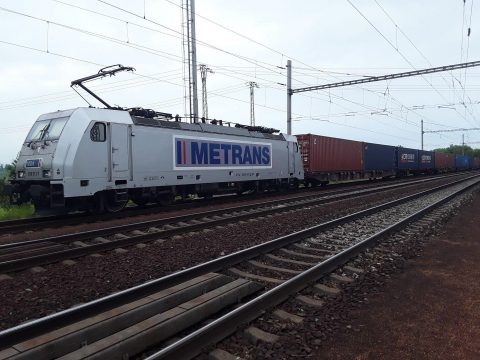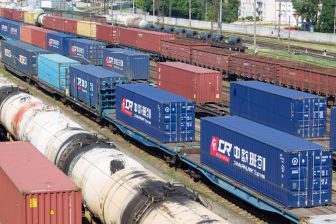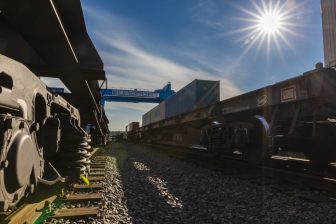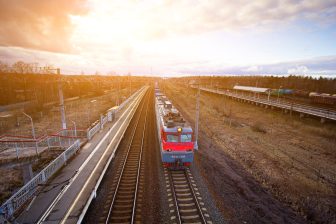
Serbia next European destination on the New Silk Road
Train from Wuhan to Serbia
Serbia is on the radar of railway companies in Europe and China. If all goes according to plan, the country will soon have a regular train connection on the New Silk Road. This was revealed by Metrans and DBO Bahnoperator during the webinar New Silk Road to Central and Eastern Europe.
Do you want to read the full article?
Thank you for visiting RailFreight.com. Become a member of RailFreight Premium and get full access to all our premium content.
Are you already a member?
Having problems logging in? Call +31(0)10 280 1000 or send an email to customerdesk@promedia.nl.





